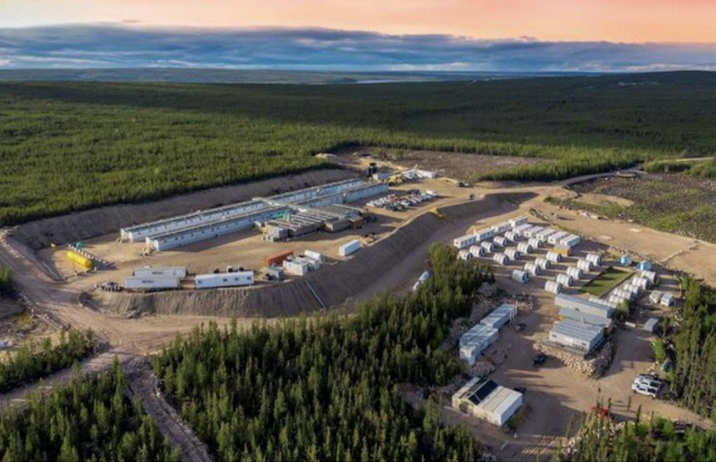NexGen Energy has solidified its presence in one of the world’s most strategic uranium regions through a new agreement with Rio Tinto, acquiring the remaining 10% interest in 39 mineral claims located in the southwestern Athabasca Basin in Canada. With this transaction, NexGen gains full ownership of a portfolio of high-potential exploration assets, including the Patterson Corridor East (PCE) discovery area. While the financial terms were not disclosed, the company exercised its pre-emptive rights under the original agreement to secure the minority stake previously held by Rio Tinto.
The Athabasca Basin, located in northern Saskatchewan and Alberta, currently supplies about 20% of global uranium demand. Under the original agreement, Rio Tinto had retained a 10% undivided interest in any future production from these mineral claims, dating back to before NexGen’s acquisition of the land package in 2012. The centerpiece of the newly consolidated portfolio is PCE, a uranium prospect just 3.5 km east of NexGen’s world-class Arrow deposit. The Arrow deposit, part of the wholly owned Rook I property, hosts one of the world’s largest known uranium resources, with over 256 million pounds of measured and indicated U3O8 and another 80 million pounds in inferred resources. A 2021 feasibility study valued the project at CAD 3.47 billion (post-tax, 8% discount rate), projecting an internal rate of return of 52.4% and potential annual production of 12.7 million kg of U3O8 over its 10.7 year initial life.
The consolidation of these assets not only strengthens NexGen’s position in the global uranium market but also boosts investor confidence in Canada’s role as a reliable supplier for future clean energy needs. As the world intensifies its push toward decarbonization, demand for uranium is expected to rise significantly, making projects like Rook I increasingly strategic. By securing full control over its surrounding exploration claims, NexGen can now more effectively develop synergies between Arrow and PCE—potentially unlocking new high-grade zones. From a social license to operate perspective, full ownership can also facilitate long-term planning, stakeholder engagement, and regulatory clarity, which are crucial for maintaining trust with local communities and Indigenous groups in northern Saskatchewan.

